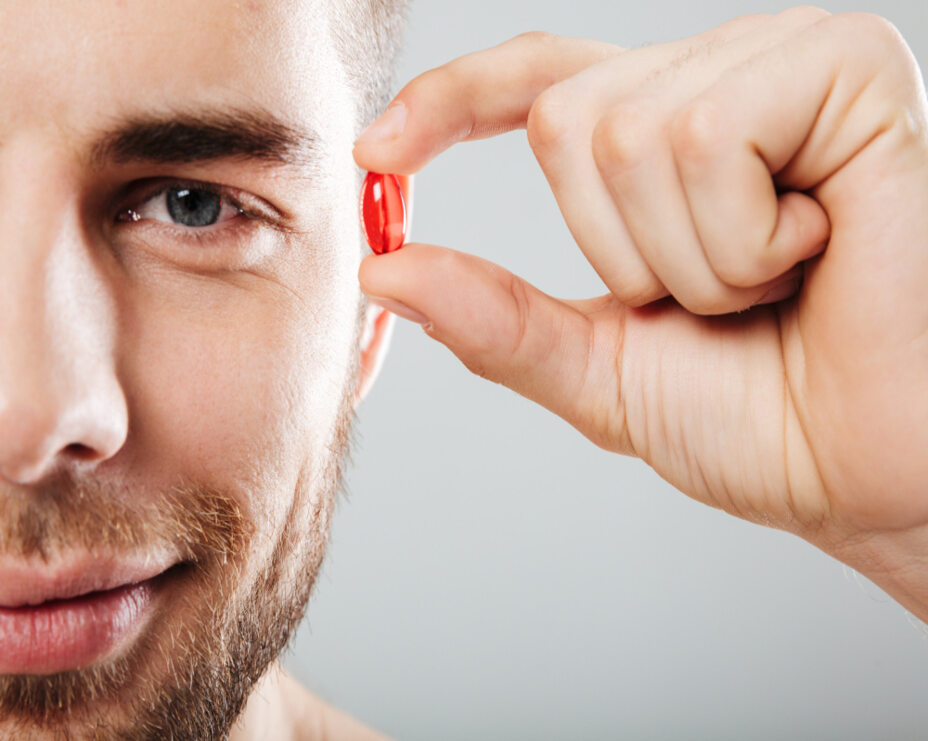Essential Takeaways
- Parkinson’s disease is a type of chronic movement disorder. It mostly affects the neurons in a particular area of a brain known as the substantia nigra.
- Know about the symptoms, how it progress, and medication commonly prescribed.
Parkinson's disease is a type of chronic movement disorder. This happens when the brain, particularly the nerve cells are unable to produce sufficient amount of a chemical known as dopamine. It is genetic sometimes, but in most of the cases, it doesn’t seem to run in the families. Exposure to various chemicals present in the environment plays a role.
Parkinson’s comprises of malfunction and death of critical nerve cells in the brain, known as neurons. Parkinson's mostly affects the neurons in a particular area of a brain known as the substantia nigra. The neuron which produces dopamine dies slowly. Dopamine is a chemical which sends messages to different parts of the brain which controls coordination and movement of body parts. As this disease grows, the production of dopamine decreases which causes inability to control the normal body movement.
Symptoms of Parkinson’s-How does it Progress?
The progress of Parkinson’s disease is quite slow in the initial stage. It develops gradually and in an improper order at certain cases.
The explicit group of symptoms which a person experiences because of PD varies from one person to another. Key motor signs of Parkinson’s disease comprise the following.
- Tremor of the legs, arms, hands, jaw and face
- The slowness of movement or bradykinesia
- stiffness or rigidity of the trunk and limbs
- impaired balance and coordination or postural instability
The development of Parkinson’s disease can be categorized into five stages which are
- Mild Stage
Symptoms at this stage are barely recognizable. There occurs a slight variation in your facial expressions, posture, and other daily activities like walking and running.
- Moderate Stage.
Symptoms are comparatively more recognizable than that of stage 1. There will be increased tremors in your fingers or body parts, and some people face speaking difficulties as well.
- Parkinson’s Disease- Symptoms And Curesoints">
- Middle Stage
The symptoms of Parkinson’s starts to get severe here and can pose a major change in a person’s life. Falls are possible as they lose balance combined with declined reflexes.
- Severe Stage
In this stage even though you are able to walk alone, you might need a walker to support you. Living alone at this point is pretty dangerous.
- Advanced Stage
This is the most dangerous and exhausting stage of Parkinson’s disease. The person finds it impossible to stand, sit or walk. Delusions and Hallucinations occur frequently causing both mental and physical strain to the person suffering from this disease.
PD cannot be cured; however, medications could help control the symptoms, often dramatically. In some of cases, surgery is also advised.
Medications commonly prescribed include:
Carbidopa-levodopa – Levodopa is the most effective medication for Parkinson's disease. It is a natural chemical that passes into the brain and is then converted to dopamine.
Dopamine agonists - Unlike levodopa, dopamine agonists don’t change into dopamine. Instead, they imitate the effects of dopamine in the brain.
Surgical procedures
Deep brain stimulation (DBS) - In DBS, the surgeon implants electrodes into specific parts of the brain. These electrodes are connected to the generator implanted in the chest near the collarbone which sends electrical pulses to the brain and these could minimize Parkinson's disease symptoms.
Life expectancy - Is Parkinson’s Fatal?
Not necessarily. If you get proper treatment at the right time, you can live a long and full life like every other people around you. Of course, early detection is important in order to avoid further complications. Know your body. Understand the symptoms at the earliest stages of the disease.
However certain severe symptoms associated with Parkinson’s can eventually lead to serious infections and disability, which can be life-threatening at times.
About the author
Essential Takeaways
- Parkinson’s disease is a type of chronic movement disorder. It mostly affects the neurons in a particular area of a brain known as the substantia nigra.
- Know about the symptoms, how it progress, and medication commonly prescribed.












